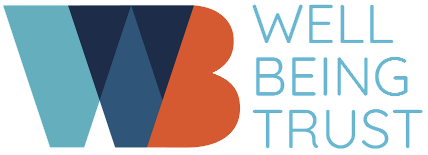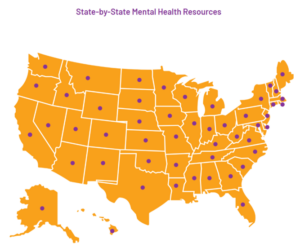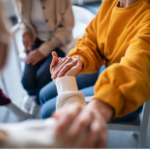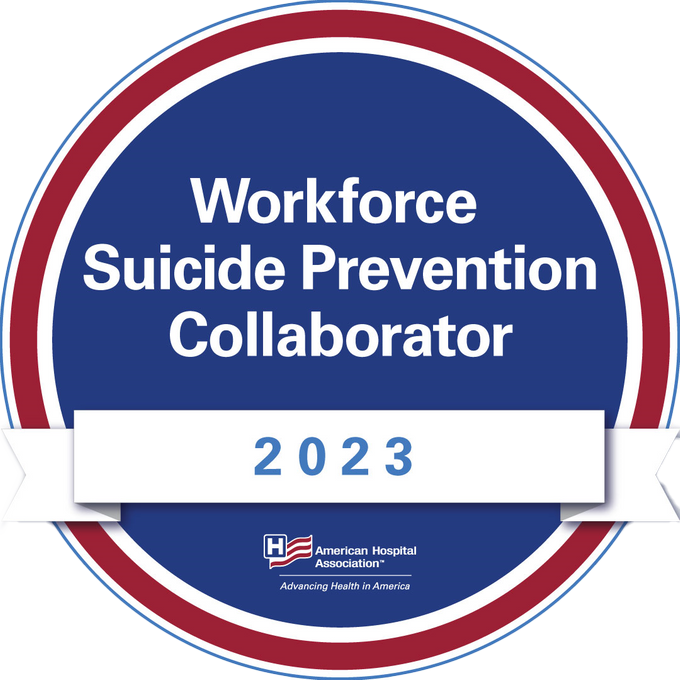The National Student Advisory Council of Work2BeWell has created a brand new, free State-by-State Mental Health Resource, which is designed to serve teens across the country as a hub for improving and maintaining mental health. Specific resources, which include hotlines and contact information for local mental health organizations, are available for all 50 states. There are also additional resources of national scope, and each has been clinically vetted by Robin Henderson, PsyD, Chief Executive, Behavioral Health for Providence Oregon and Work2BeWell Chief Clinical Officer.
“It’s not enough to provide students with only national resources,” says Dr. Henderson. “They need to know about services and resources available in their local communities. I’m proud of all the students who put in the work to create a local mental health hub for their peers.”
Two council members, Shreeya Gogia and Kianna Victor, were key leaders in the resource’s development. Both teens have seen the impact of the pandemic on their peers’ and communities’ mental health firsthand, and this inspired them to join the council and help create the resource.

The council’s approach to the creation of the resource was emphasizing the importance of mental health care access and support at the community level. Kianna is from Baltimore, Shreeya from Dallas, both major metropolitan areas that have many resources for its residents. The Work2BeWell State-by-State Mental Health resource aims to help teens know what’s around them.
“I think local mental health organizations have a better understanding of what their communities and residents need,” says Shreeya. “National resources are great, but having help close to home can lead to personalized support that teens might not receive from a national organization, especially when local resources have a better understanding of a school or community’s landscape.”
Equity also played a major role in resource development. The resources listed include support for several populations, including BIPOC (Black, Indigenous, People of Color) communities, LGBTQ+ (lesbian, gay, bisexual, transgender, queer or questioning) teens, as well as several other underserved communities.
“One of my goals with the resource was that it would target underserved communities and help to remove barriers for those seeking mental health support,” says Kianna. “That wasn’t there before, especially in my community.”
With many organizations looking to address youth mental health, it can be confusing and overwhelming to parse through all the available resources. Part of the hope in using the resource is to cut through the noise and help teens get the support they really need.
“I think what’s good about this list is that the resources we included are free,” says Shreeya. “We spent a lot of time researching hundreds of resources because we realize that for someone to try to do this research independently can be confusing and in some cases you kind of feel like giving up midway through because you can’t find what you need. Having this clinically vetted, consolidated list helps teens easily access support without facing barriers, such as cost or stigma.”
The State-by-State Mental Health Resource is available now. Learn more about Work2BeWell.






